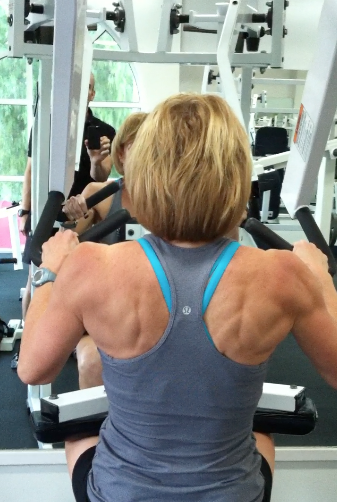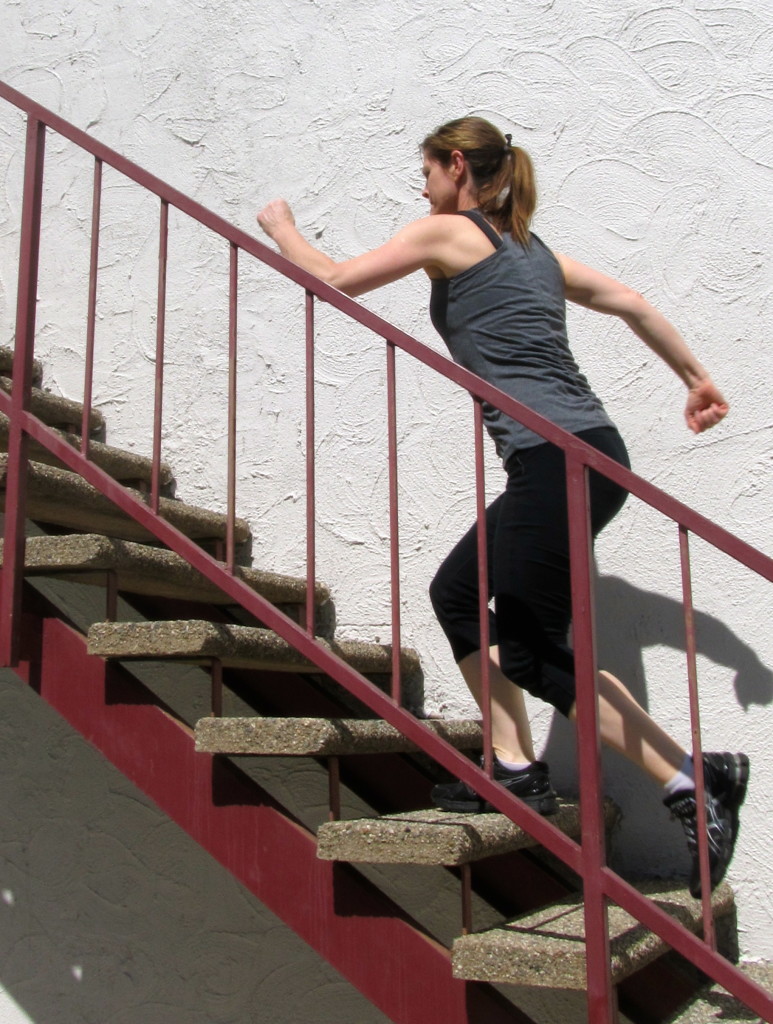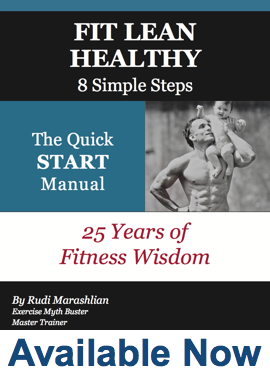How Regular Exercise can Combat Chronic Inflammation and Keep You Young Longer
Exercise Adds Up to Better Health
Most people understand how exercise is an important part of good health. There are lots of reasons for this – one is that exercise involves movement and so helps the body remove lymphatic waste that would otherwise just sit there. Exercise can help improve bone density and hearth health and increase oxygenation of body cells and boost mood and help with weight loss and balance and increase muscular strength and… The list is very very long.
Exercise as a science gets a lot of research money, it makes sense. Professional sport generates a LOT of money. Elite athletes are expensive assets and it’s really important to keep them as injury and disease-free as possible so they can play consistently for as long as possible. Tom Brady is a prime example of a professional athlete who has made good use of scientific research and he’s still winning Superbowls in his 40’s.
We, more regular people, can also benefit from all this amazing research that makes sense of why exercise is so powerful when it comes to attaining and maintaining optimum good health.
Role of Exercise in Combating Chronic Inflammation
Skeletal muscle (the muscles that we use for posture, movement and breathing) is the largest organ of the body (Pederson 2007).
Scientists have recently discovered that muscle contractions from exercise increase the release of certain cytokines (cytokines are small proteins important in controlling the growth and acitivity of other immune system cells and blood cells. They help regulate the body’s inflammation responses).
How can this help you?
Cardio Exercise
Researchers found that moderate-intensity aerobic exercise done for 45 minutes 3 days a week was effective at reducing several pro-inflammatory proteins as well as increasing an anti-inflammatory cytokine – increasing it potentially to levels a hundredfold higher than resting levels (Goldhammer et al. 2005).
If you work with us at Go Fit Now, that would be cardio done at your personal effort of 5 to 7 out of 10 intensity – running, walking uphill, swimming, rowing, cycling, dancing, and anything else that gets your heart rate up.
Strength Training
As for strength training, it becomes anti-inflammatory when done over a long period of time and with sufficient intensity and volume. That means, if you make moderate intensity strength training part of your continuing exercise plan, you’ll definitely benefit. However, if you just do it briefly, it doesn’t have the same effect. You also have to do enough work in each session. Just doing one set of pushups once a day isn’t going to cut it to fight chronic inflammation.
How does all this exercise help you stay younger?
Chronic low-grade inflammation is a contributer to various age-related diseases, such as hypertension (high blood pressure), obesity, diabetes, atherosclerosis (disease of the arteries), cancer, etc (Sanada et al. 2018). Exercise in the right doses and done intelligently is an effective protector and treatment against chronic diseases associated with chronic low-grade inflammation.
Bottom line: regular exercise protects you from the negative effects of chronic inflammation. It helps the body remain biologically youthful at a cellular level and is a potent natural “medicine” for all of us.
Not sure what type or how much exercise you need for optimim health?
Everyone is different so it’s very smart to get an exercise program that takes into account your physical strengths and weaknesses and includes a correct balance of strength, cardio and flexibility. The only way to do that properly is to get a complete exercise assessment BEFORE being programmed.
The American College of Sports Medicine certified Go Fit Now team is expert in exercise assessment and exercise programming so you get exactly what you need to win. 30 years and over 50,000 hours of professional coaching and training add up to a wealth of experience.
Contact us for more information on getting your virtual or in-person exercise assessment.





